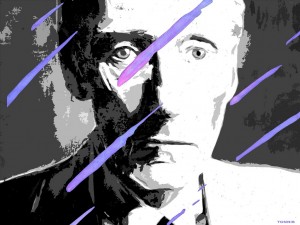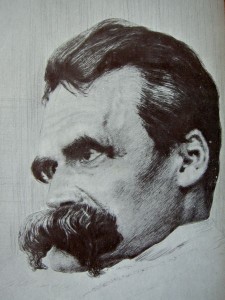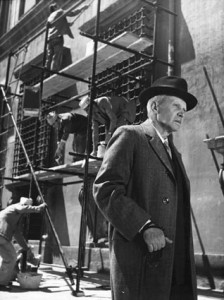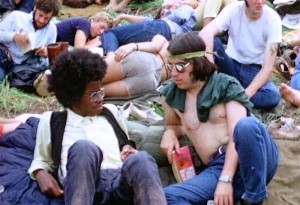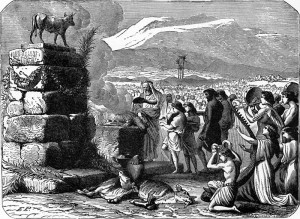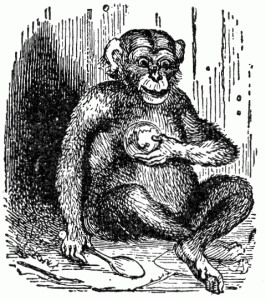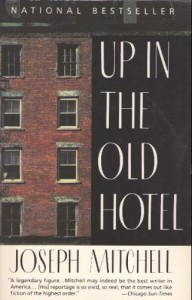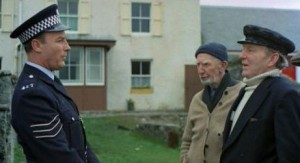
A 2008 Wall Street Journal article revealed that inmates in American prisons used cans of mackerel as currency, mostly because they were worth about a dollar and packs of cigarettes, an erstwhile coinage, had been banned. An Orlando Sentinel piece by Drew Harwell declares that honey buns are also a coin of the realm in penitentiaries as well as being a popular last meal for the condemned on death row. The sticky, sugary blobs are now more coveted behind prison walls than tobacco or envelopes or Coke. An excerpt:
“In September, the day after the New Orleans Saints beat the San Francisco 49ers in a Monday Night Football game, a fight broke out in the Alpha Pod of the Hernando County Jail.
Inmate Ricardo Sellers, 21, had punched Brandon Markey, 23, in the face, sending Markey to a Brooksville hospital, according to Hernando deputies. Sellers was angry that Markey hadn’t paid up after losing a bet over football.
His debt? Four honey buns.
For all their sweetness, honey buns have a history of involvement in prison violence. In 2006, at the Kent County Jail in Michigan, inmate Benny Rochelle dragged his cell mate off the top bunk, killing the man, when he could not find his honey bun. And last year, at the Lake Correctional Institution west of Orlando, two men were sentenced to life in prison for stabbing with crude shivs the man they thought had stolen shaving cream, cigarettes and a honey bun from their footlockers.
Yes, murder over honey buns. Was it their decadence, or their status as jailhouse currency?
In Texas and Pennsylvania, inmates bartered honey buns for tablets of Seroquel, an addictive antipsychotic abused on the street as a sleeping pill.
In Sarasota, a millionaire businessman charged with child abuse earned the nickname ‘Commissary King’ after fashioning honey buns into birthday cakes for inmates he felt he could sway to his defense.
In Naples, a bail bondsman was accused of giving an inmate hundreds of dollars’ worth of honey buns over 13 years as rewards for referring him business.”


